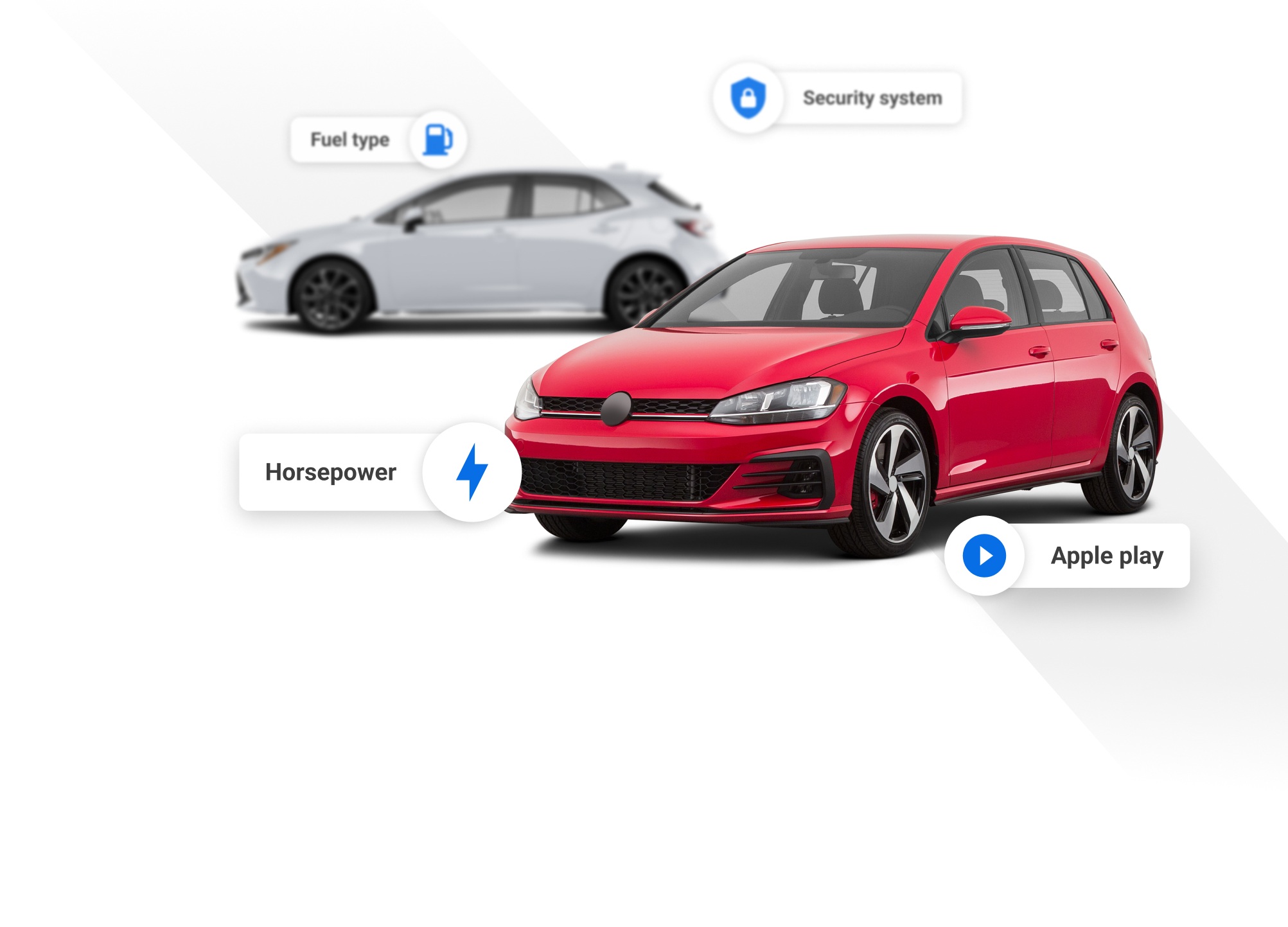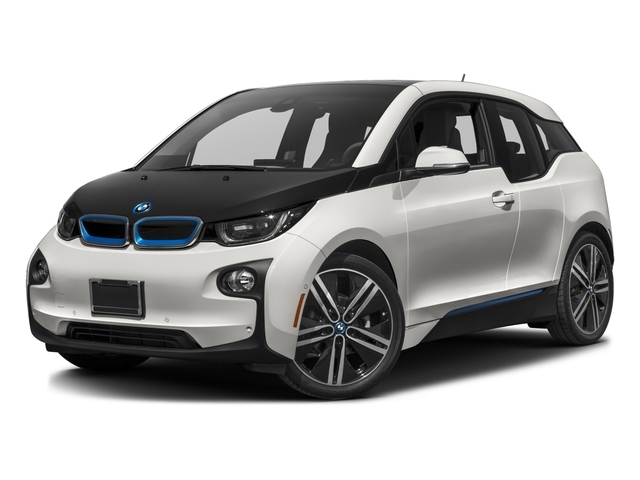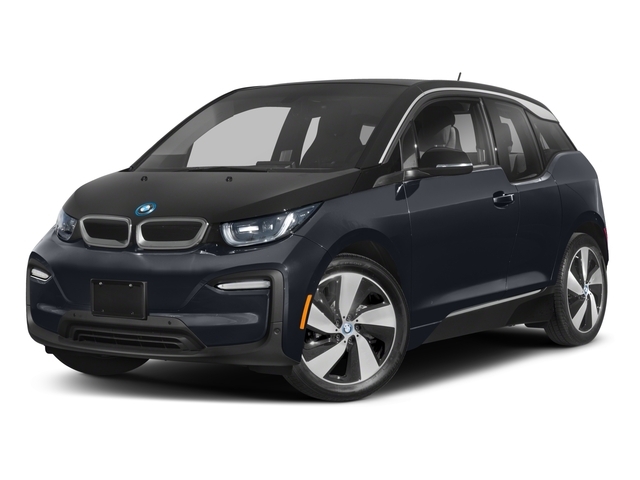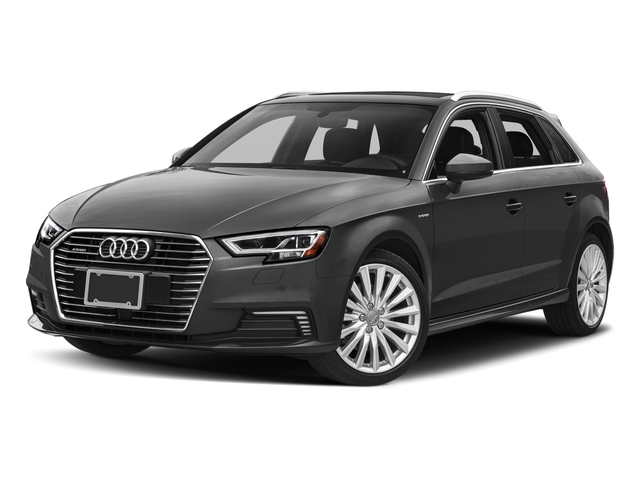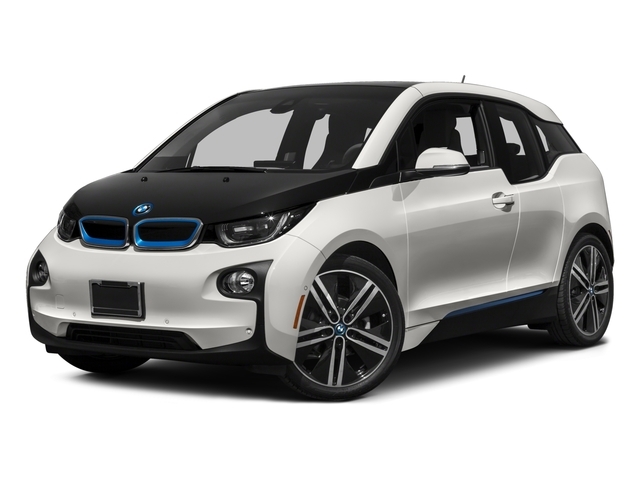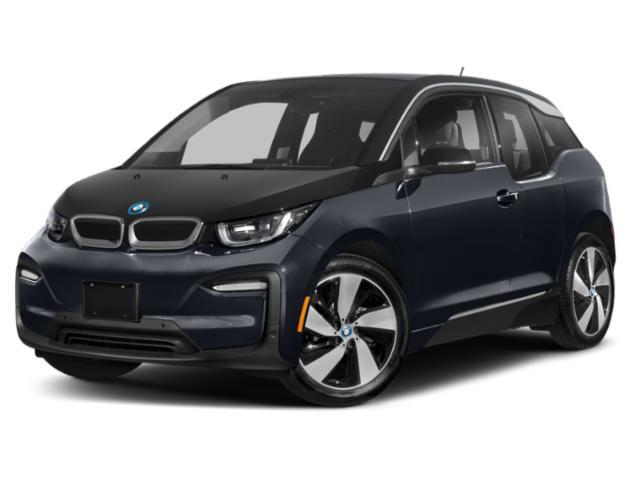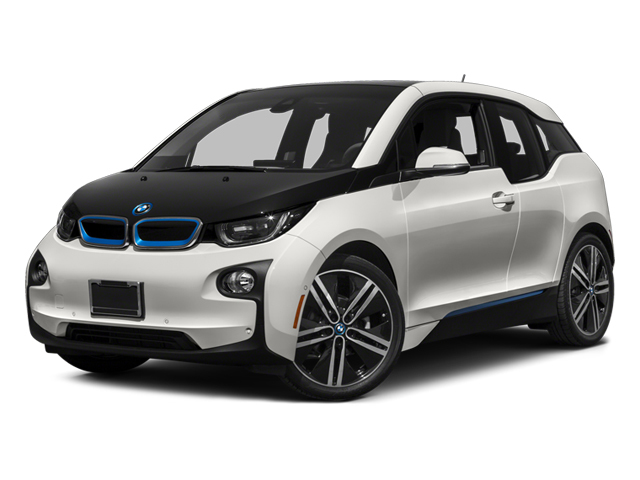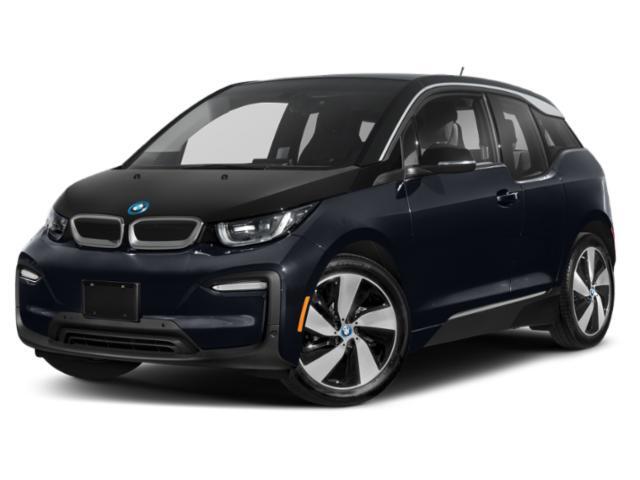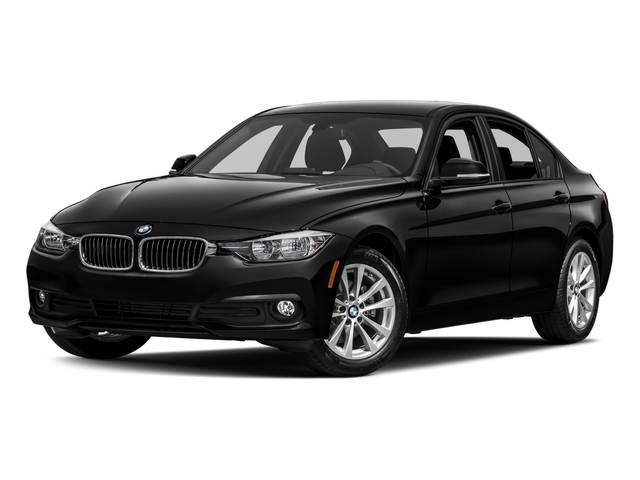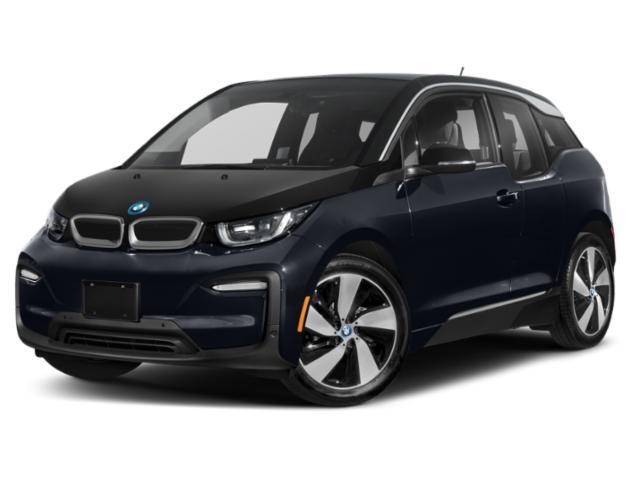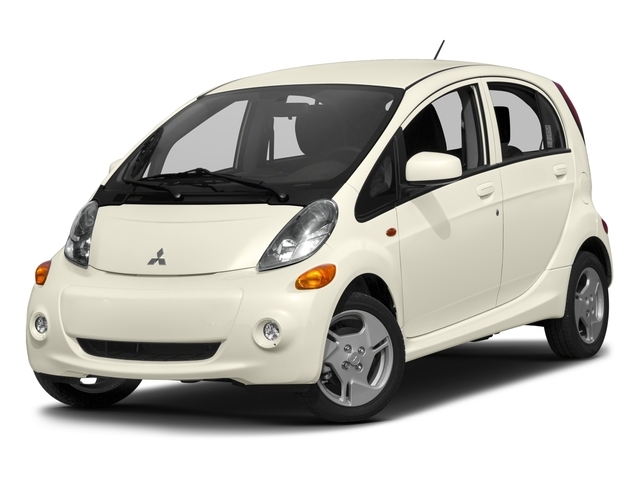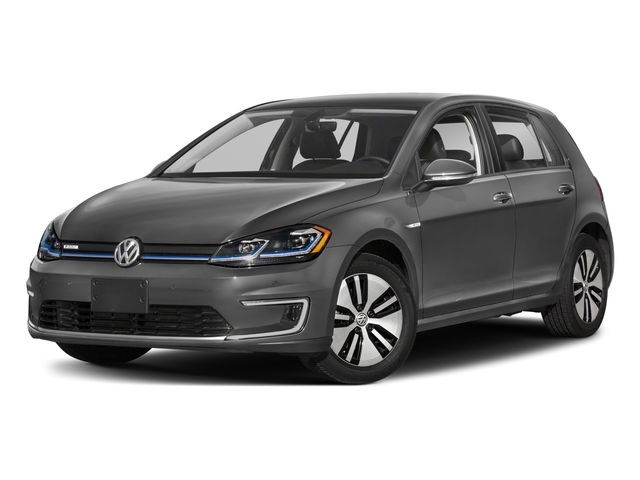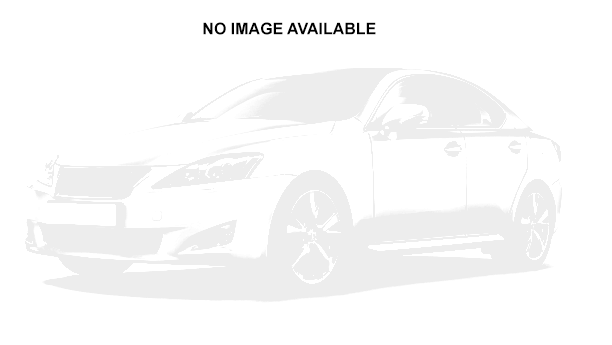
2017 BMW i3

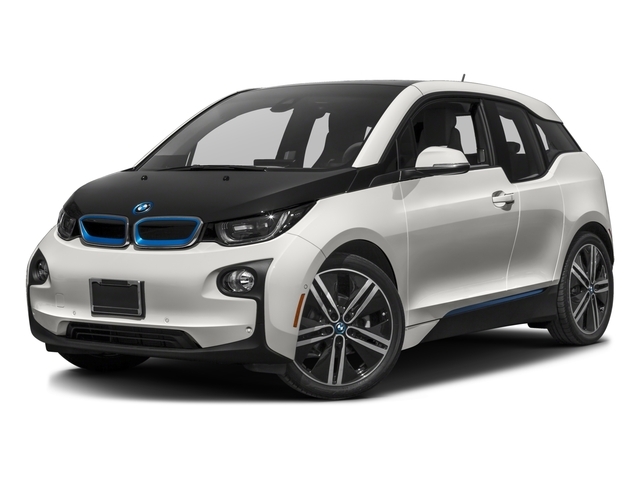
Key Specifications for 2017 BMW i3






Buyer’s Guide
BMW’s i3 is the future of motoring available today. The mainstay model of the electric-focused i sub-brand, the i3 has been turning heads with its snub-nosed pod-shaped body and stunning cabin.
For 2017, the i3 gets a big boost to its powertrain in advance of some new competition. BMW has doubled-down on the i3’s battery pack, increasing its size from a meager 22 kWh to a 33 kWh lithium-ion unit. Combined with a handful of changes to improve its energy efficiency, BMW claims that the new i3 should be able to travel around 183 km per charge, up from 130 km. It’s worth noting that these are BMW’s internal estimates, not Natural Resources Canada’s official figures. Power from the 170-hp electric motor drives the rear wheels.
These upgrades provide a handy leg up compared to Nissan’s Leaf or Ford’s Focus Electric, but will ultimately trail the Chevrolet Bolt and Tesla Model 3, both of which will travel more than 300 km per charge. Those needing to go further should note that the optional range-extender ReX version is still available, but gains additional range thanks to an enlarged fuel capacity. The i3 ReX also offers DC quick charging, which allows its battery pack to charge up to 80% in as little as 40 minutes.
BMW has also taken the opportunity to add a panoramic glass roof, and a couple of new exterior colours – Solar Orange gives way to Protonic Blue (it’s the same shade of blue as featured on the i8), while Fluid Black and Mineral Grey replace Andesite Silver and Arravani Grey.
On the inside, the i3 receives new cloth upholstery made from earth-friendly recycled materials. It comes standard, with luxurious woven wool and leather upholstery available as options. New matte-finish oak wood trim joins gorgeous eucalyptus wood trim on the options list.
In suitably futuristic fashion, the i3 is available with gizmos and gadgets galore. Opt for the Premium Package and the i3 offers front and rear parking sensors, a reverse parking camera, and the ability to park itself. The appropriately named Technology Package adds smartphone connectivity, as well as collision mitigation and emergency autonomous braking. Oddly, the i3 does not offer a 360-degree parking camera, a feature found on many BMWs.
As unconventional as the i3 may appear, it is a fine vehicle to drive. Ride and handling are well judged, and the suspension tuning is quite comfortable. As a city companion, it feels sprightly thanks to its electric motor’s instant torque and has no difficulties keeping up with fast-moving motorway traffic. Quirky controls, including a column-mounted gear lever and an all-digital instrument cluster, may initially confuse, but one easily becomes accustomed and appreciative of its open cabin design.
Review & Compare:
Photos

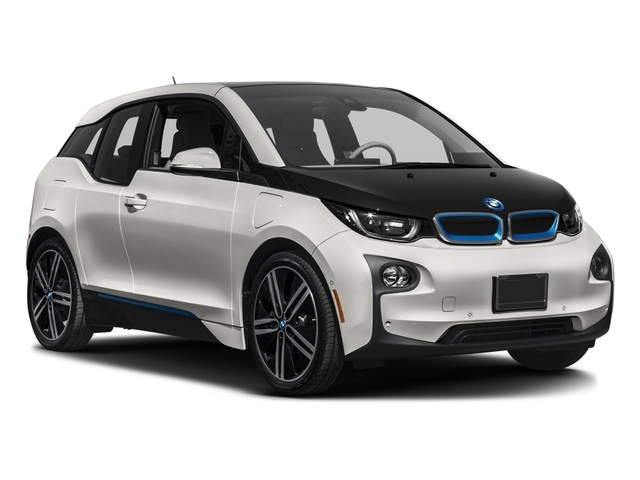
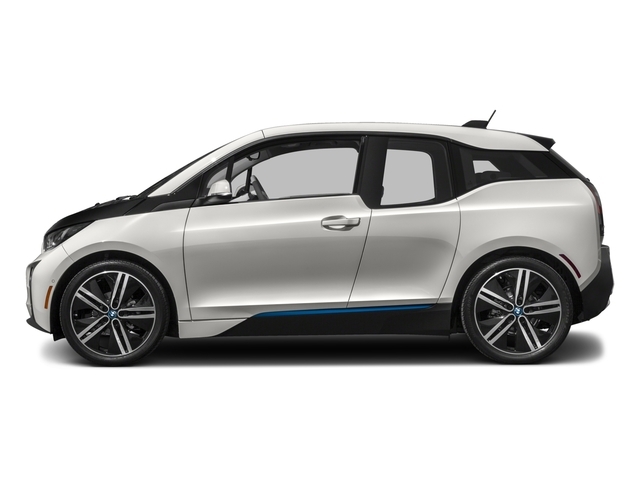
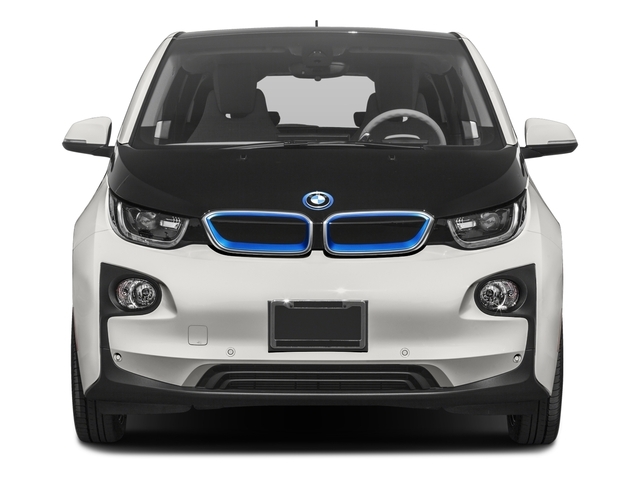
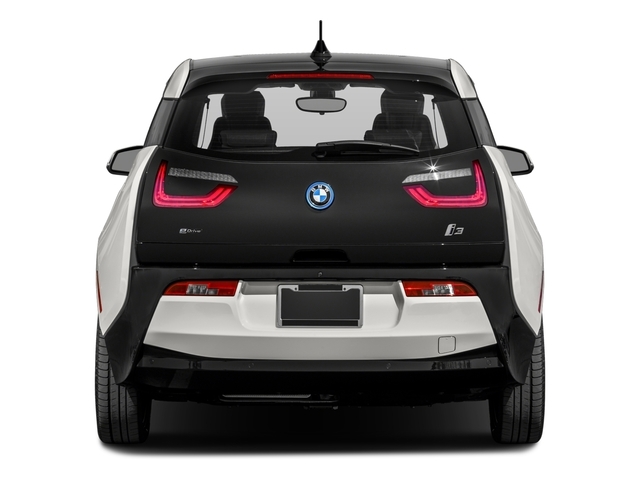
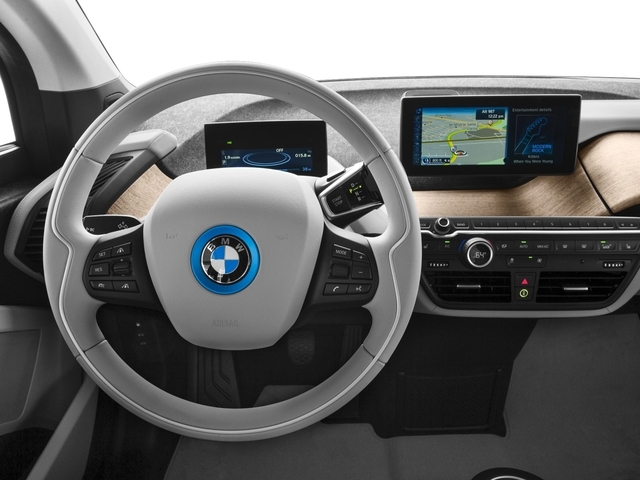
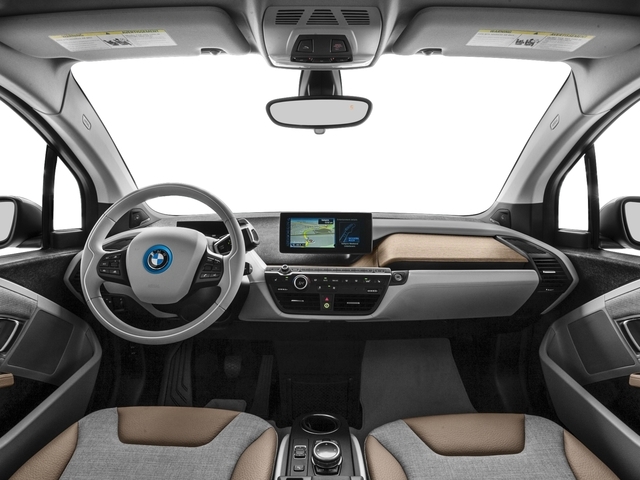
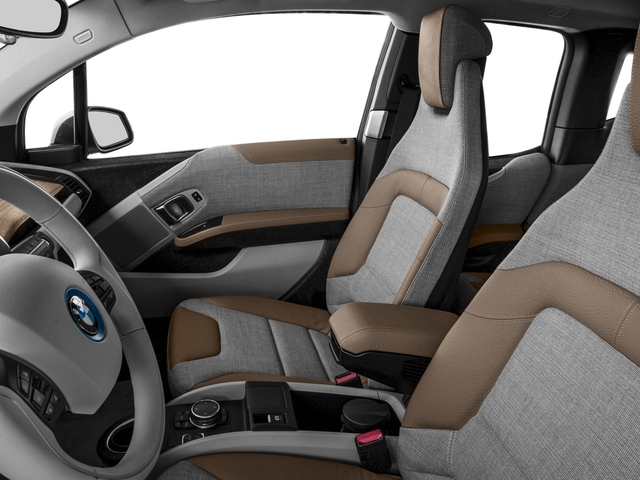
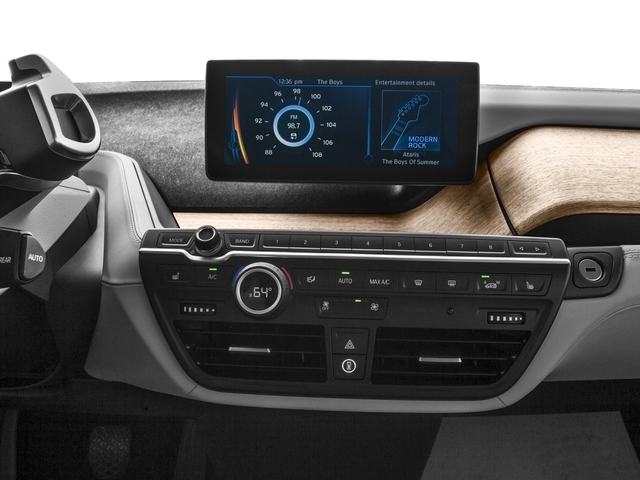

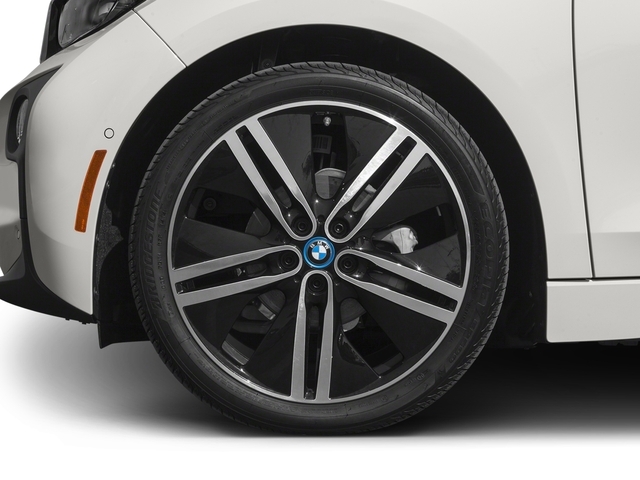
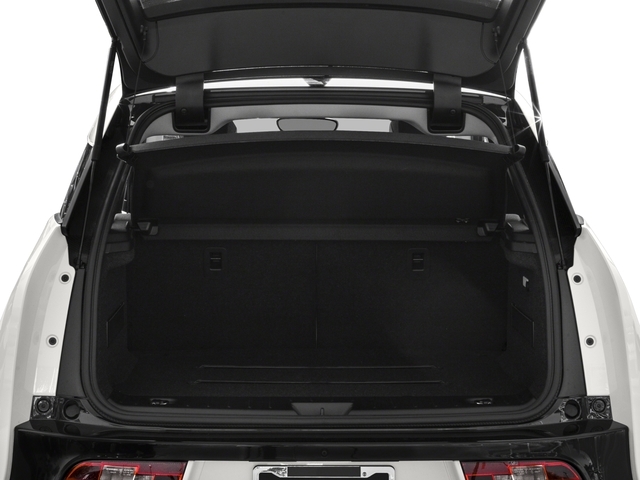
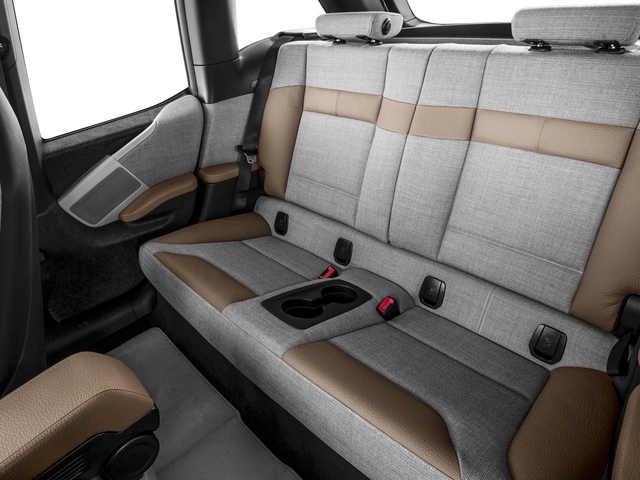
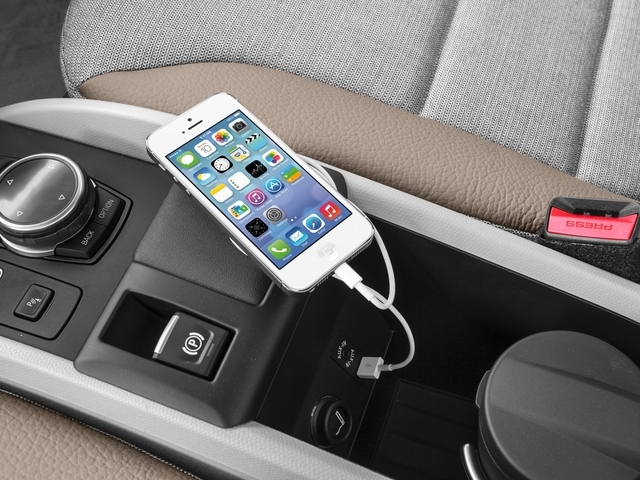
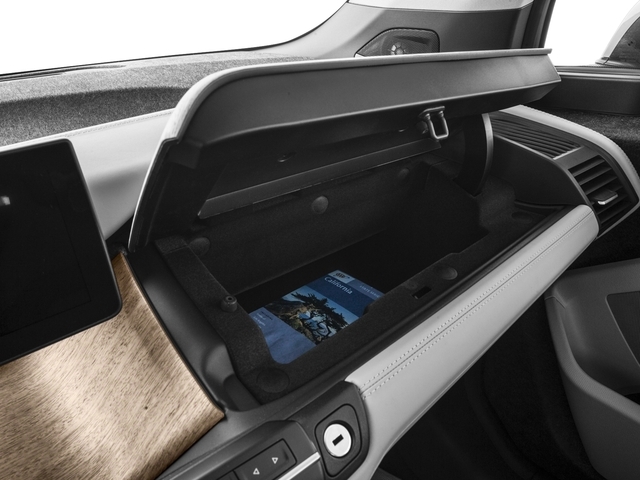
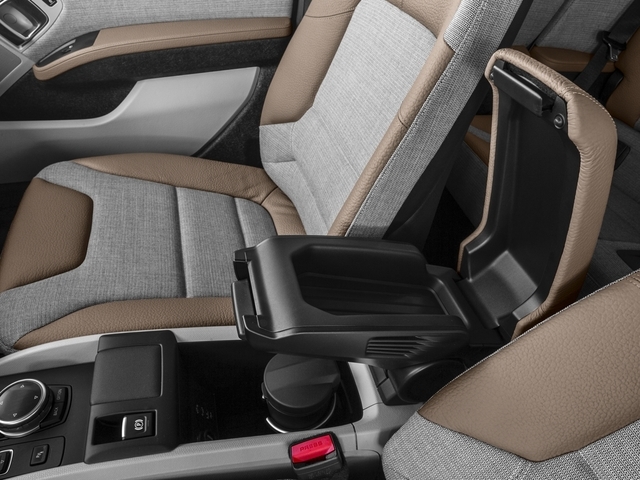
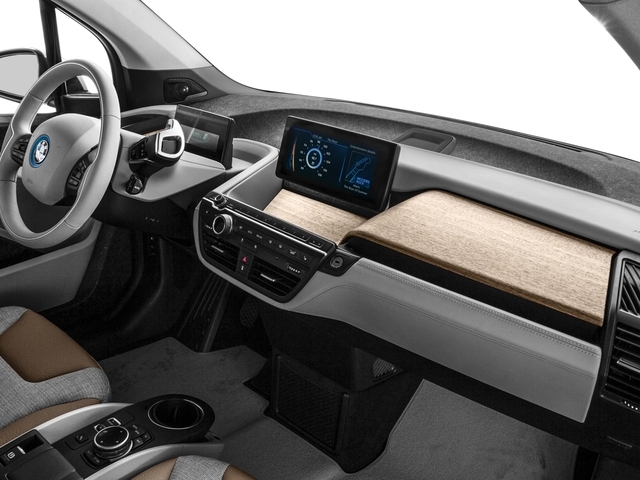
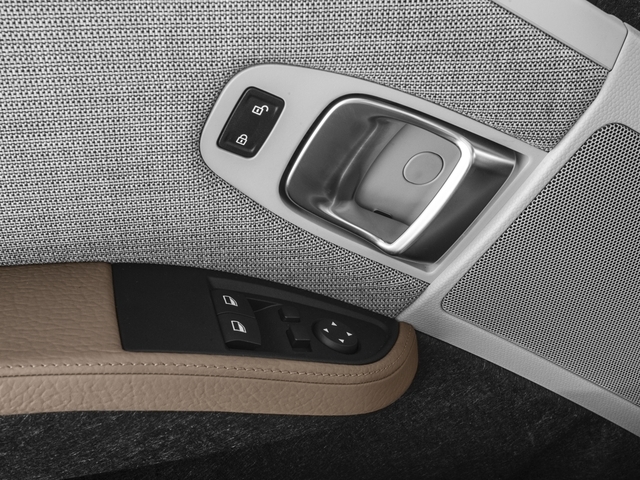
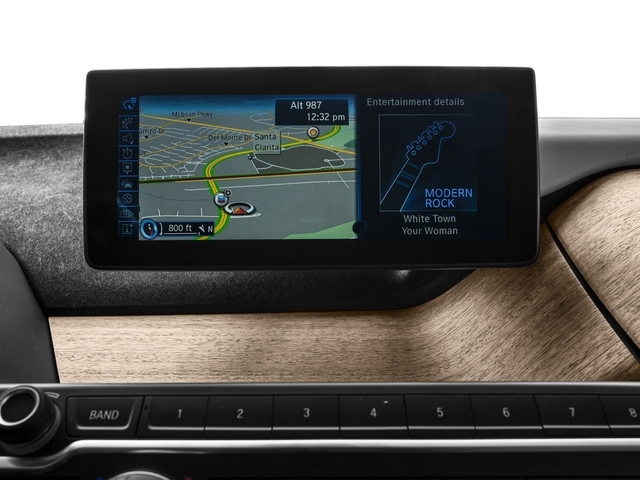



















AutoTrader Review





